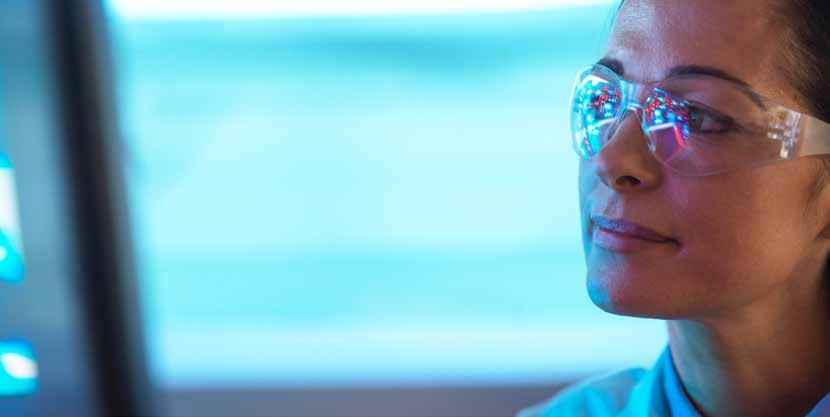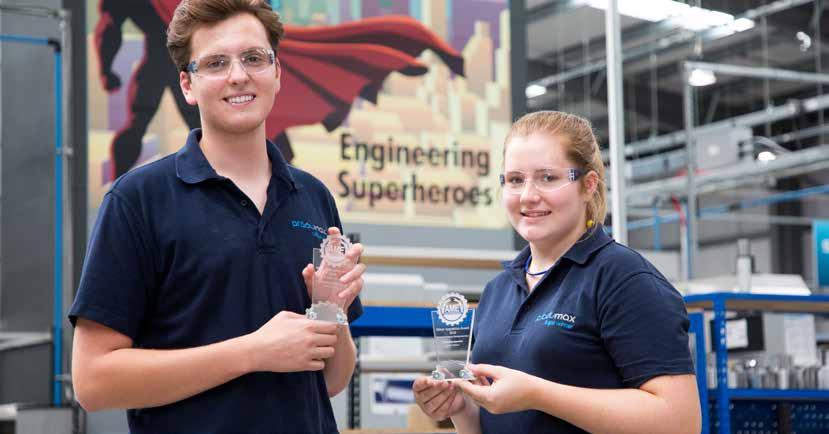
2 minute read
PUTTING THE USER AT THE CENTRE: THE FUTURE OF DIGITAL HEALTH APPS
The COVID-19 pandemic served as a stark reminder of the increasing need for accessible, affordable and inclusive quality healthcare. However, escalating pressures to deliver more with less, rising health inequities, and the lure of direct-to-consumer offerings could soon render healthcare’s cost- and energy-intensive brick-and-mortar care environments and solution shop business models unsustainable. With this in mind, healthcare globally is exploring tools and tactics that can facilitate a better response.
User-centric digital health innovation
Advertisement
While digital health innovations such as health apps aren’t (yet) the utopian cure-all that they are often sensationalised to be, they can help. These innovations offer a range of possibilities across care access and delivery: immediate access to health services beyond physical locations, cost-effective data collection and processing, bespoke and targeted disease management, and health promotion support (exercise and nutrition advice, for example).
“Health apps and broader digital health interventions represent the lever with which to lift healthcare up from an outdated passive paradigm to one that engages and empowers users and other stakeholders,” says IfM PhD student Devmalya (Dev) Sarkar, a health-tech and digital-health innovation strategist.
“When applied correctly and in a context-appropriate manner, these apps can promote better patient experience, involvement and treatment outcomes.”
However, four in every five health apps fail, explains Dev, often because they don’t adequately consider their users’ reality. Firms struggle to accurately identify user needs early on in the “fuzzy” front end of the innovation process:
“Most firms struggle with innovation. An overly technology-driven focus often results in a failure to account for real-world complexities, such as understanding users, their behaviours and, most importantly, their unmet needs. This then limits design quality (influencing inclusivity and usability) and overall downstream acceptance of the app.
“Firms typically incorporate user feedback no earlier than concept development, or later in iterative solution refinement, or worse, once the solution has been developed. Unsurprisingly, inherent bias accumulates and results in something that users cannot relate with.”
Dev is therefore looking at ways to help firms better identify user needs early on in health app development. “By combining aspects of frontend innovation management, open innovation and design thinking principles, our research investigates the role of early-stage user involvement in reducing uncertainty in need identification in health app development, along with key issues – enablers and barriers – in involving users early on in innovation. We are adopting a mixed-method qualitative research strategy for a deeper insight into this phenomenon,” he explains.
He hopes that the findings from his work can help firms reduce uncertainty in their innovation efforts and improve their user-centric digital health innovation ability.
Manufacturing a better world
Dev says his research will contribute to IfM’s unifying vision of “manufacturing a better world”, alongside ongoing contributions in the institute to improve affordable and accessible healthcare. These include Professor Ronan Daly and his team’s work on identifying existing technologies, such as mobilephone touchscreens, for diagnostic and therapeutic purposes; the work of IfM’s Cambridge Service Alliance on a patient-centric, wearablebased therapeutic intervention (and its business model framework) for childhood cancer; and IfM Engage’s work with The William Templeton Foundation for Young People’s Mental Health on addressing early intervention and self-care needs in young people’s mental health. Devmalya









